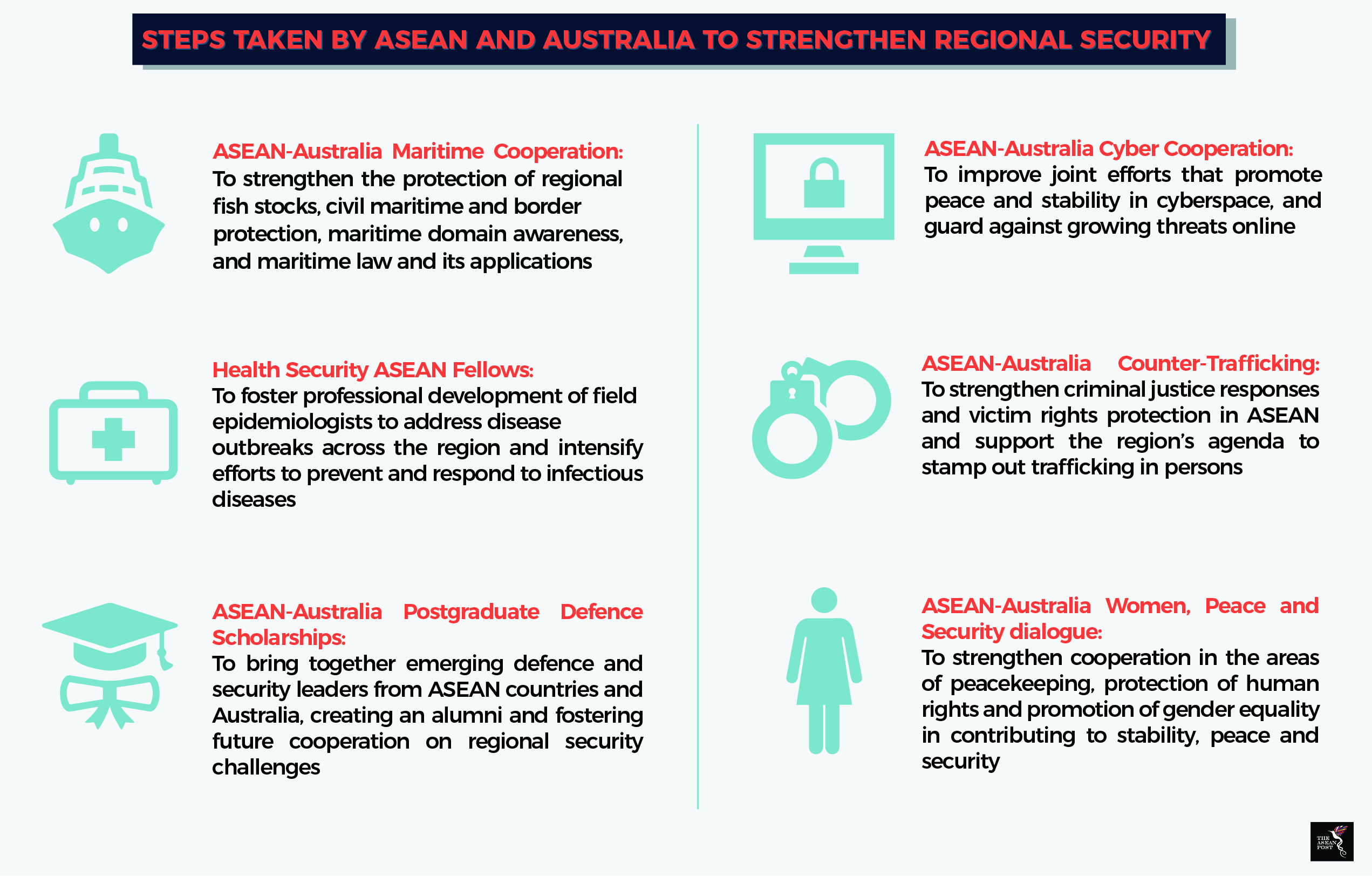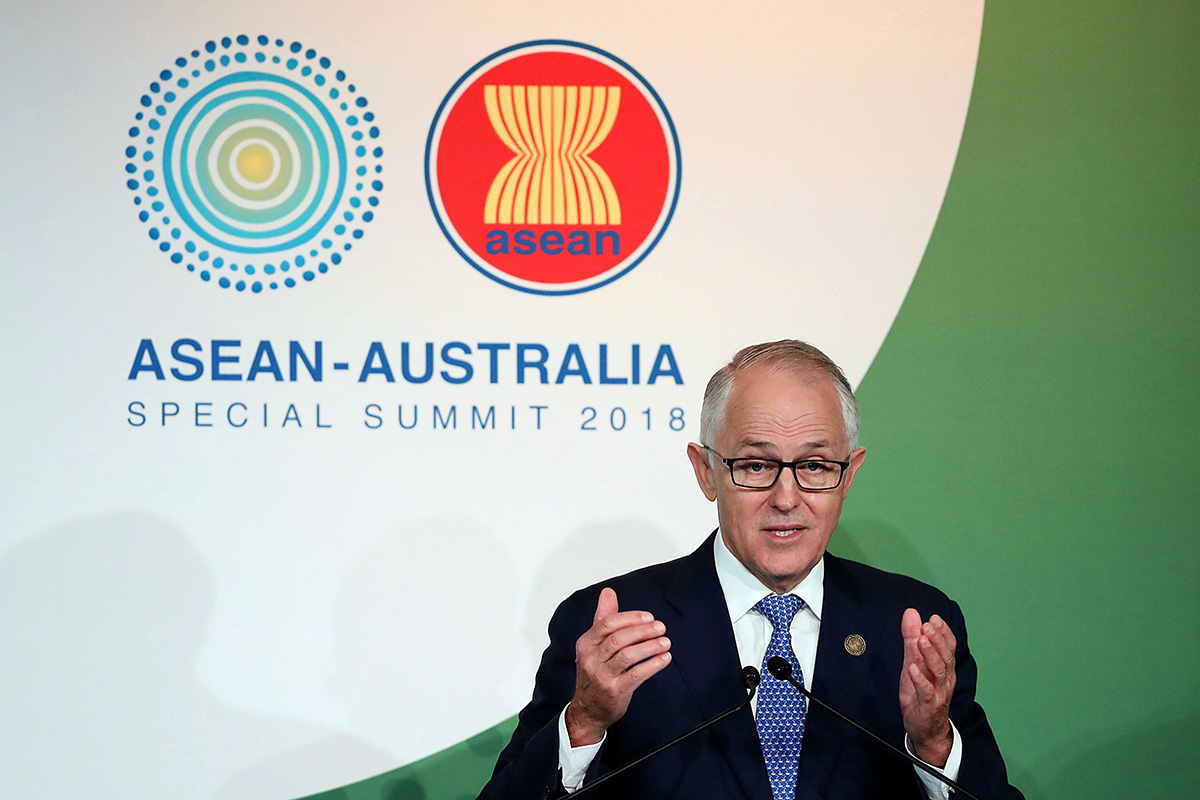Southeast Asia has been a significant venue for strategic competition between the United States (US) and China for a long time. The great power tussle between the two is best conceptualised in the dual hierarchy model posited by Princeton University Professor of International Affairs, Gilford John Ikenberry.
In a 2015 article published by Political Science Quarterly, Ikenberry postulated the emergence of an economic hierarchy and a security hierarchy dominated by China and the US respectively. As both countries attempt to offer their respective versions of hegemonic leadership, they will find themselves increasingly in competition for influence over Southeast Asian states. As a result, these Southeast Asian states would likely hedge their loyalties – relying on China for trade and investment and the US for security.
“In the end, it will be the middle states that have the ability to shift the regional order in one direction or the other – or to make choices to preserve the double hierarchy,” he concluded.
Given US President Donald Trump’s recent trend of policies towards the region, the US has seemed to adopt a more hands-off approach to the region. While this isn’t a complete reversal from his predecessor’s pivot, it looks as if under this administration, the US has taken a step back in the region, whilst still keeping a beady eye out for China.
To assist in this practice of diplomacy from afar, talks of the of the Quadrilateral Security Dialogue, consisting of the US alongside Japan, India and Australia resurfaced after an almost 10-year hiatus. While the jury is still out on whether the Quad would be effective, it does uncover a crucial element of US foreign policy in this region – Australia’s role in Washington’s strategy in Southeast Asia.
Australia is a geographically advantageous ally to the US. It has a relatively good international presence, strong military and an admirable track record in diplomacy and in the conduct of multilateral foreign policy in Southeast Asia. In short, it has all the ingredients which make it an excellent middle power within the regional order.

In that regard, Canberra would be able to help shape the regional security agenda. Much of this role had been enshrined within a plan of action intended to implement the ASEAN-Australia strategic partnership between 2015 and 2019. In it, Australia pledged to work with ASEAN to promote dialogue and strengthen cooperation via multilateral institutions like the ASEAN Regional Forum (ARF), the ASEAN Defence Ministers Meeting (ADMM) and ADMM-Plus.
Australia is also able to keep China in check from a trade and economics perspective. The Comprehensive and Progressive Agreement for Trans-Pacific Partnership (CPTPP) – previously the Trans Pacific Partnership (TPP) – was slated to be a momentous achievement for the US “Pivot to Asia” if ratified. But, with Trump’s pull out, many had consigned US trade influence in the region together with it. If the logic of the dual hierarchy is to be followed, Trump’s actions only confirms its accuracy. However, the US cannot afford to completely take its foot off the pedal for fear of an overwhelming Chinese economic influence in the region. Besides that, the Regional Comprehensive Economic Partnership (RCEP) – although ASEAN led – could possibly be an avenue for China to further exert that influence now that the US is seemingly out of the picture.
Herein, Australia plays a crucial role as check to China’s economic ambitions because it is present in both deals while China is only present in RCEP. While not being able to completely halt Beijing’s headways in the trade deal, Canberra would be able to serve as the brake towards Beijing’s aspirations to accelerate negotiations to its benefit.
In March this year, Australia hosted ASEAN leaders for the first ever ASEAN-Australia summit to take place on Aussie soil. The negotiations and discussions that ensued were characteristic of Australia’s middle power diplomacy at play. The eventual signing of the Sydney Declaration also showcased Australia’s concern and relevance to security and economic developments in the region – from maritime disputes to mega trade deals.
Australia certainly is an important piece of the US foreign policy puzzle in Southeast Asia. And it will likely be so for the remainder of Trump’s term in office if he continues this strategy in the region.
